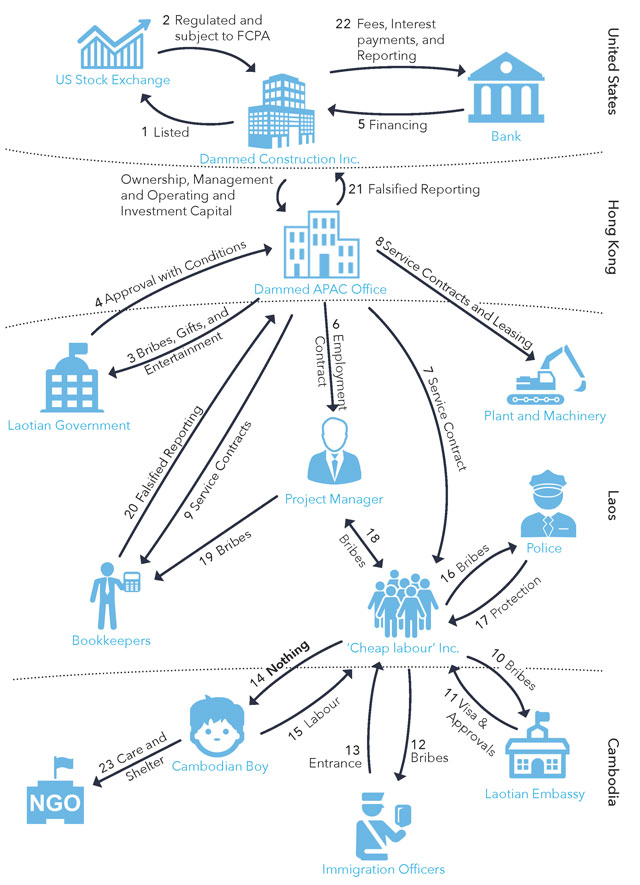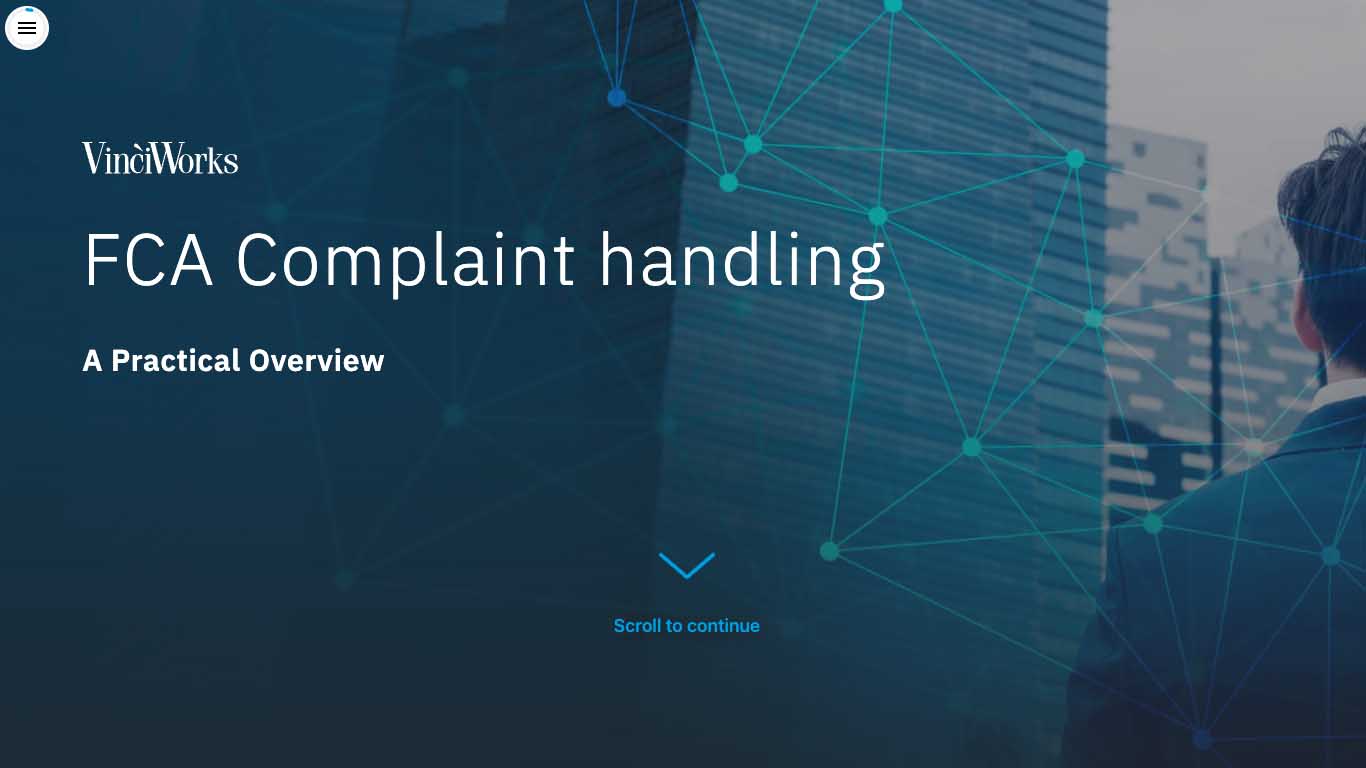Virtual Reality Learning: Does Mobile World Congress 2016 offer a look into the future of eLearning?
The Mobile World Congress 2016 got under way this morning in Barcelona, and a theme has already emerged that hints at what the future may hold for eLearning: virtual reality.
Leading manufacturers including…
Apple’s stance vs FBI highlights corporate privacy responsibility
It’s rare for one of the world’s largest corporations to oppose a court order, ostensibly made in the name of national security, and be applauded for it. Yet Apple declining to help the FBI access San Bernardino shooter Syed Farook’s iPhone has been backed by prominent figures including Google CEO Sundar Pichai and NSA whistleblower […]
Are your top performers missing out on leading roles?

The 2016 Oscars have already garnered thousands of column inches, for largely the wrong reasons. Instead of spurring debate about the best films, performances, scripts and artisans, the nominations caused an outcry about the lack of diversity among the nominees. Sadly, this is not the first time that the Oscars have caught flack for a […]
LMS update: consolidated group enrolment emails
One of the most powerful automation features in the VinciWorks Learning Management System just got better. Now, when enrolling group members in multiple emails, only one consolidated email gets sent – reducing inbox clutter. What are groups? Groups take most of the administrative burden out of determining who needs to be enrolled in which course at what […]
Corruption in tennis and the lessons for businesses fighting fraud
In the past few weeks the world of tennis has been blighted by allegations of match-fixing. While the claims made against the sport have not been proven, it’s an interesting case which may provide lessons for businesses that want to reduce their risk of corruption. Reports suggest that players have worked with gambling syndicates to […]
Free guide: compliance training in a post CPD era
There seems to be a common misconception in the legal profession that the SRA’s changes to CPD hail the end of formal compliance training. Nothing could be further from the truth. Compliance training on topics such as money laundering, bribery, diversity, data protection etc. remains mandatory irrespective of any CPD changes. The SRA has reiterated […]
Modern slavery, bribery and corruption

VinciWorks attended a recent event hosted by Thomson Reuters titled Modern Slavery, Bribery and Corruption. The international panel included Nick Grono, CEO of the Freedom Fund, Dan Viederman, CEO of Verité, Duncan Jepson, CEO of Liberty Asia, Martina Vandenberg, Founder and President of the Human Trafficking Pro Bono Legal Center and Mike Harris from World-Check. […]
Learning on demand: is it time your business followed TV’s lead?
Technology is integral to the way we live and work, but it’s never felt more important for businesses to keep up with technological advances than it feels today. From enabling staff to work flexibly wherever it’s convenient for them, to cutting down on physical meetings with the help of video conferencing, to using services like […]
Responsive Competition Law eLearning course available now
Competition law exists to prevent monopolies, remove trade barriers, and ensure the marketplace is fair and competitive. Activities prevented by competition law include: Restrictive agreements between businesses such as pricing agreements, market sharing and dividing up customers Agreements which do not benefit consumers Abuse of dominant market position Breaching this legislation can lead to fines […]
Safe Harbour successor agreed – but will it actually change anything?

Hot on the heels of the General Data Protection Regulation’s approval last week, an agreement has been reached between the EU and the US for transatlantic data flow. The EU-US Privacy Shield will replace Safe Harbour, the law which allowed the transfer of data from the EU to the US until it was ruled invalid […]






